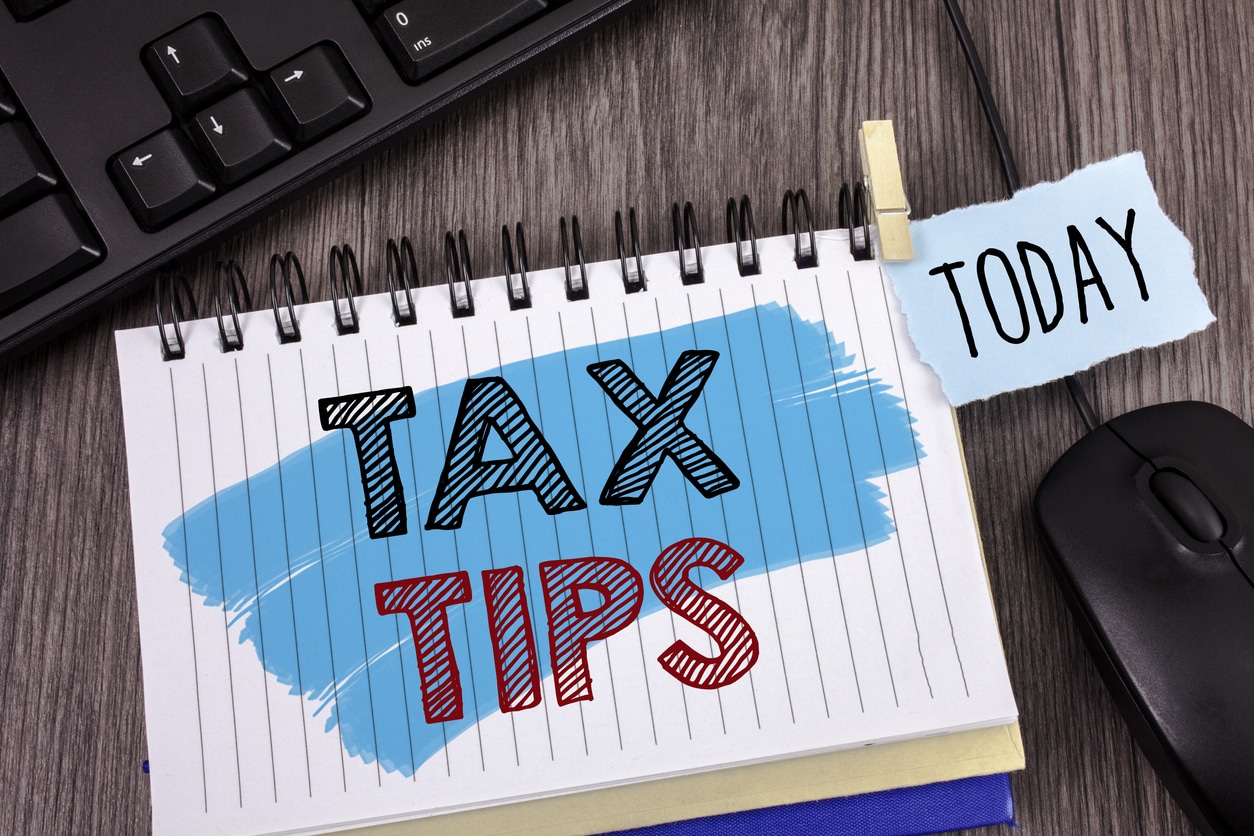Once you have gathered all the documents needed and filled out the appropriate forms, it’s important to carefully review the accuracy of everything you enter on your tax return. A good rule of thumb is to go over the information at least twice before hitting the submit button for electronic filing. It’s also helpful to sit on your return for at least 24 hours (unless it’s going to be late) and then review everything one more time before filing. The same applies to the 5% of filers who still submit a paper return or if a tax professional prepares your paperwork.
And while it may seem like a no-brainer, take the time to verify the spelling of your name, and the accuracy of other information including your address, taxpayer ID numbers, dates of birth, and bank account info. It’s important to note, according to the Taxpayer Advocate Service, that you must have valid Social Security numbers for all dependents before filing. If you don’t, it may not only delay the processing of your tax return, but in some instances, it could disqualify you from some refundable credits.
Electronic Filing is Your Friend
The fastest way to receive a refund, if you are owed one, is to file your tax returns electronically. Several options allow you to file this way, including some that are free of charge. You can visit irs.gov and go to the ‘get help’ page or click on the IRS’s Electronic Filing Options for Individuals page for information you can use to switch to e-filing.
Request Direct Deposit
Another way to a quicker refund is by letting the IRS know you want to have your money directly deposited into a checking or savings account. You can also have the IRS deposit portions of your refund in up to three different accounts, something that can help kick-start or build up your emergency fund. Using the direct deposit option means no mailing delays and eliminates the possibility of having your refund check delivered to the wrong address, something that happens more than you might think.
Open an Account
Those who don’t already use a financial institution have several options for finding a spot to open a checking, savings, or money market account so they can use the direct deposit option this year. Visit your local bank or credit union for account opening options.
Get Some Inflation Protection
If you’re worried about inflation — and you’re getting a refund — it’s worth noting that you can use up to $5,000 of refund dollars to buy iBonds, which are inflation-protected savings bonds. Typically, consumers are limited to purchasing $10,000 in iBonds per year, but this is a clever workaround. If this is of interest, filling out IRS form 8888 will get you on your way.
With reporting by Casandra Andrews






